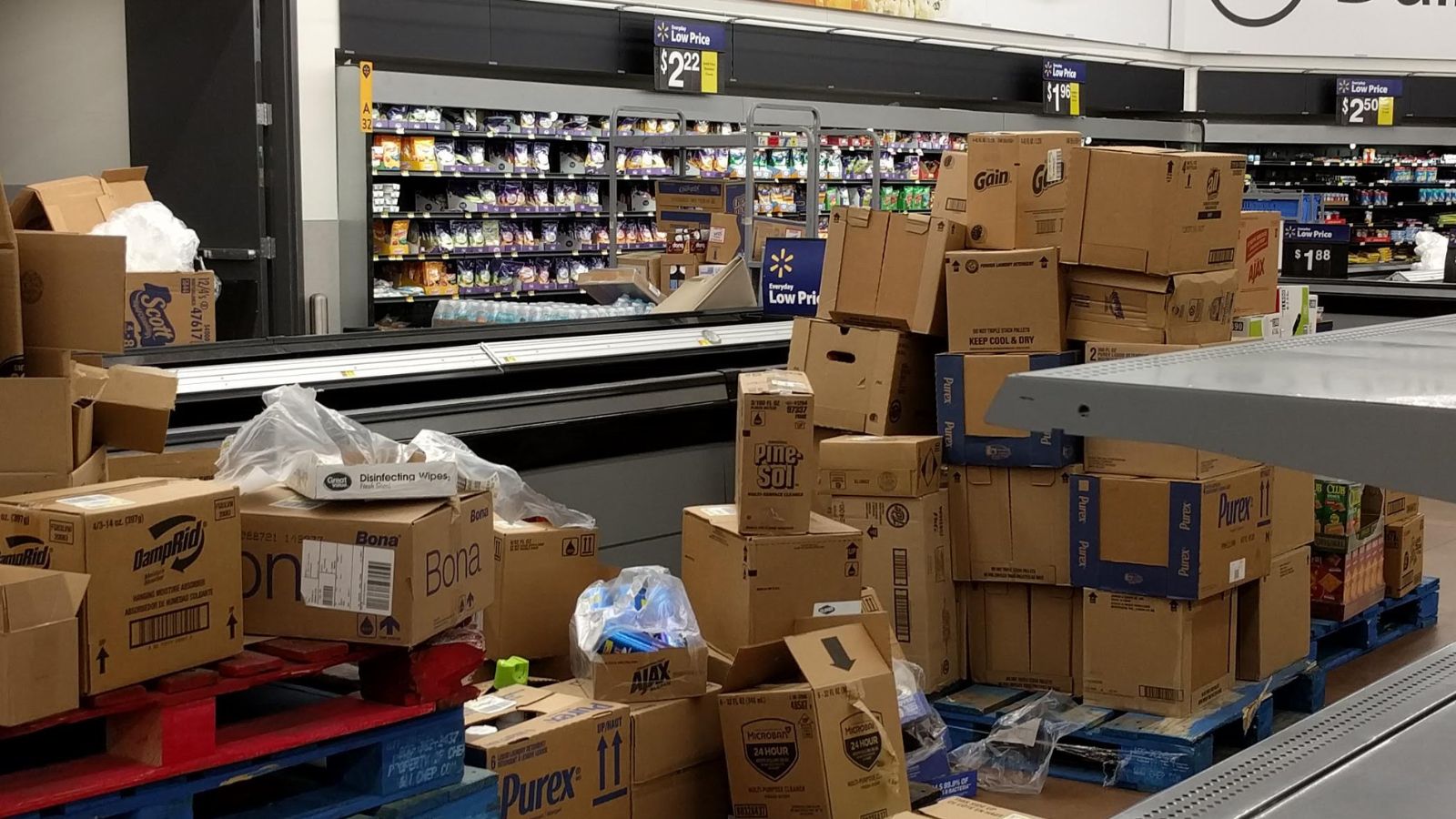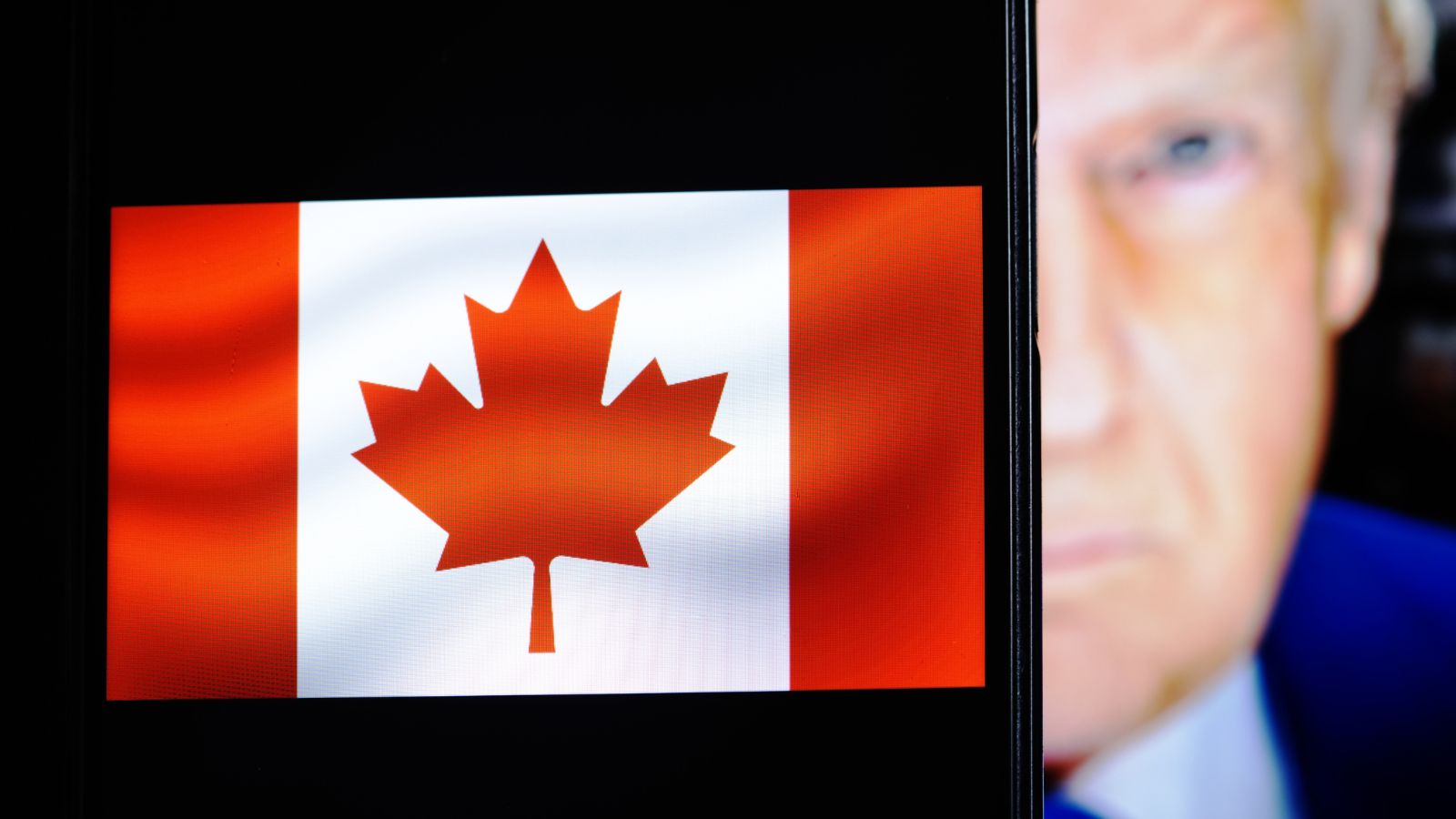When news broke about the U.S. ramping up its tariffs on goods from Canada, many of us felt uneasy. It wasn’t just about trade numbers or political sparring but about the little things that touch our everyday lives. While most headlines trump lost export revenues or political tit-for-tat, the true cost is felt by ordinary Canadians—at the grocery store, in our paychecks, and even in our quality of life. Let’s explore 25 ways this trade war is quietly affecting us all.
Everyday Price Hikes

Imagine heading out to buy a new television or a pair of sneakers only to find that the price has jumped significantly. U.S. tariffs mean that many imported goods—especially those from our southern neighbor—cost more to produce. This extra cost eventually finds its way to us at the checkout counter. It’s not just about luxury items either; even everyday gadgets are getting pricier.
Groceries on the Rise

Think about the last time you shopped for food. Now, picture your usual grocery bill suddenly ballooning. Tariffs on agricultural products and processed foods are pushing the cost of fruits, veggies, dairy, and meat. Families are now spending more on basic staples, which means less money for other necessities—or even a small treat now and then.
Energy and Fuel Costs Climbing

Even though Canadian energy products have a slightly lower tariff, the uncertainty around cross-border flows has everyone on edge. With fuel and electricity prices on the upswing, it isn’t just our wallets that feel the pinch—local businesses and services that rely on affordable energy are also scrambling to adjust. Over time, these rising costs can slow economic growth and put extra pressure on household budgets.
Manufacturing Jobs on the Line

For many communities, manufacturing isn’t just an industry—it’s the backbone of family incomes. The integrated supply chains between Canada and the U.S. mean that tariffs can force plants to shut down or cut jobs. Industries like automotive manufacturing are hit particularly hard, where a delay in getting parts can ripple across an entire assembly line, leaving families worried about lost wages and career prospects.
Broken Supply Chains

Have you ever experienced a delay when ordering something online? Now, imagine that delay happening on a much larger scale. With tariffs in place, companies are forced to scramble for alternative suppliers and reconfigure their logistics. This means that products take longer to arrive and sometimes cost more because the whole system becomes less efficient. Every little delay adds up, affecting businesses big and small.
A Weakening Canadian Dollar

Economic uncertainty doesn’t just stop at higher prices—it can also lead to a weaker Canadian dollar. A depreciated currency makes imported items even more expensive. And if you have any foreign debt, the repayments can become heavier. This can subtly erode your spending power over time, making those dollar signs feel all the more personal.
More Expensive Construction

Rising lumber prices are a nightmare for those building or renovating a home. U.S. tariffs on Canadian softwood lumber have a knock-on effect that drives up construction costs. Whether planning a new home or just fixing up your kitchen, you’re likely to see those higher costs reflected in contractor bids and building material prices.
Transport Troubles

Have you ever waited in a long line at a border crossing? With new border checks and increased security, goods are taking longer to cross. This isn’t just a minor inconvenience; the extra time and hassle translate into higher transportation costs. Shippers, forced to reroute and spend more on fuel and labor, eventually pass these costs onto all of us.
Small Businesses Feeling the Squeeze

Small business owners already operate on razor-thin margins. Many find themselves in a tough spot when tariffs increase the cost of imported raw materials and components. They might have to raise prices, reduce staff, or even cut back on services. These businesses are the heart of our communities, and when they struggle, we all feel it.
Legal Headaches and Extra Regulations

Navigating the maze of trade rules isn’t easy for any business. Now, many Canadian companies are forced to invest time—and a lot of money—in legal battles to challenge U.S. tariffs. Whether it’s fighting through trade dispute panels or adjusting to new regulatory requirements, these legal and administrative expenses add an often-overlooked cost to the trade war.
Canada’s Retaliatory Tariffs

In response, Canada has slapped its tariffs on U.S. goods. While this is meant to be a countermeasure, it also means that the products we love from across the border are suddenly more expensive. Imagine your favorite American wine or a gadget from Silicon Valley costing a lot more at your local store—it’s a price that everyone ends up paying.
The Vulnerable Auto Industry

Canada’s auto industry thrives on a smooth, integrated supply chain with the U.S. When tariffs disrupt this delicate balance, the entire sector feels the impact. Higher costs for parts can force factories to close or cut back, leading to job losses and economic instability in communities that depend on car manufacturing.
Losing the U.S. Market

For many Canadian exporters, the U.S. is a crucial market. Higher tariffs make their goods less competitive, and American importers may start looking elsewhere. Losing access to this market means that companies might have to settle for less profitable markets, which can stunt growth and reduce overall revenues.
Costlier Tech and Innovation

Industries that rely on cutting-edge technology and imported components are also hit. Tariffs on these items can increase production costs and slow down innovation. When the tools that drive creativity and efficiency get more expensive, it doesn’t just hurt profits—it can also damper Canada’s future competitiveness.
Foreign Investment on the Decline

Economic uncertainty is a big red flag for investors. With the trade war casting doubts on stability, foreign investors might be less inclined to commit capital to Canadian projects. This reduction in investment can slow economic growth, limit job creation, and make it harder for businesses to expand and innovate.
Healthcare’s Hidden Costs

Our healthcare system isn’t immune to these ripple effects. Many medical supplies and pharmaceuticals are imported from the U.S., and higher tariffs mean that hospitals and clinics might face increased costs. Over time, these higher expenses can lead to reduced services or higher out-of-pocket costs for patients—affecting our well-being in a very personal way.
More Spending on Border Security

The government is forced to spend more on border security in response to these trade tensions. While it’s important to keep our borders safe, this extra spending means fewer funds are available for other public services such as education or healthcare. It’s an opportunity cost that ultimately affects all of us as government resources are stretched even thinner.
Administrative Overload

Businesses now have to deal with more paperwork, reporting requirements, and compliance issues than ever before. These administrative burdens not only drain time and resources but also force companies to shift focus away from innovation and growth. The added complexity makes day-to-day operations more challenging and expensive.
A Hit on Tourism

The trade war doesn’t just affect goods—it affects people, too. Heightened tensions and stricter border controls can deter tourists, especially those from the U.S., who make up a significant part of Canada’s tourism industry. Fewer visitors mean lower revenue for local businesses, from hotels and restaurants to shops and attractions, making it a blow to community economies.
Rising Consumer Debt

When prices for essentials continue to climb, many families turn to credit to make ends meet. As grocery bills, energy costs, and other daily expenses rise, more households find themselves relying on loans and credit cards. Over time, this increased consumer debt can lead to financial instability and greater stress on the economy.
Expensive Insurance Premiums

Economic uncertainty and the risk of supply chain issues drive insurers to raise their premiums. Whether you’re a business or an individual, higher insurance costs add another burden. Over time, these extra expenses contribute to an overall higher cost of living.
Stifled Innovation and R&D

Research and development is one of the first areas to suffer when companies are forced to cut costs due to rising expenses. With less money available for innovation, Canada’s future competitiveness could be at risk. Reduced R&D spending means fewer breakthroughs and a slower pace of technological advancement—something that will hurt us all in the long run.
Environmental Trade-Offs

Trade disruptions can also have an environmental impact. With supply chains forced to take less efficient routes or rely on alternatives, transportation becomes more energy-intensive. More miles on the road mean higher carbon emissions, contributing to environmental degradation. It’s a hidden cost that may not be reflected in the balance sheets, but its long-term effects are real.
Strained Social and Cultural Ties

For decades, Canada and the U.S. have enjoyed a deep, almost familial relationship. We share more than just a border—we share cultural ties, family connections, and mutual trust. However, when political leaders use tariffs as a bargaining chip, it can create an atmosphere of mistrust and resentment. These tensions ripple through society, affecting everything from personal relationships to national identity.
The Toll on Mental Health and Well-Being

All these factors—rising prices, job losses, and increased uncertainty—add up to a significant psychological burden. The stress of economic instability can lead to anxiety, depression, and a general decline in quality of life. When families constantly worry about making ends meet, the cost isn’t just financial—it’s emotional. This hidden cost is perhaps the most personal of all, affecting our overall well-being and sense of security.
Conclusion

It’s easy to get lost in the numbers when we talk about trade wars, but the effects are very real when you stop and think about your own life. The next time you’re at the grocery store or filling up your car, remember that these aren’t just abstract economic shifts—they’re changes that affect your day-to-day life. Rising bills, uncertainty at work, and even the stress that comes from not knowing what tomorrow will bring can have a lasting impact.
This isn’t about picking sides in a political debate; it’s about recognizing that trade policies—no matter how high-level they seem—have a very human cost. They change the price of the things we need, affect the stability of jobs we depend on, and even alter the character of our communities.
For the average Canadian, these 25 hidden costs are a reminder that behind every economic statistic is a person, a family, or a community trying to make it through the day. They serve as a call for policymakers to think not just about dollars and cents but about people’s lives. It’s a challenge for our leaders to find solutions that protect national interests without sacrificing the well-being of their citizens.
25 Countries Predicted to Become Economic Superpowers in the Next 20 Years

The strength of an economy plays a crucial role in various international policies about trade and relations. Certain factors determine the strength of an economy, including population growth, availability of resources, and development and advancement. Here are 25 countries predicted to become economic superpowers in the next 20 years
25 Countries Predicted to Become Economic Superpowers in the Next 20 Years
